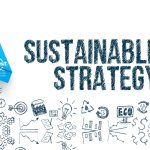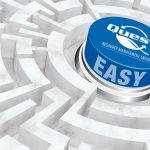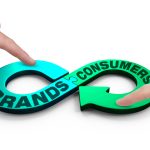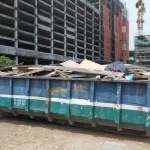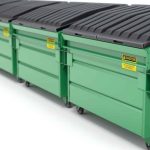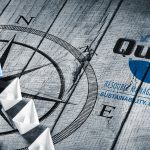New Year, No Risk: Keeping Up With Green Building Requirements In 2019
Over the last 18 years, LEED© certifications for new green buildings have gone from an idea to a trend, and now to a requirement in some cities. As you move forward into a new year, focusing on green building initiatives becomes an increasingly important endeavor. The failure to meet these requirements can cost a small fortune in delays and downtime waiting for permits. To keep your projects on time and on budget, green building practices are more important than ever.
Green Cities Are On The Rise
For the past decade cities all over the country have been adding more and more green building regulations. Cities like San Francisco, Boston, and Washington D.C. are requiring that new construction and certain renovation projects be LEED© certified. In fact, Washington D.C. was named the first LEED© Platinum certified city in the world in late August of 2017According to Mahesh Ramanujam, President and CEO at USGBC and GBCI, “Washington, DC is setting the bar for smart cities all around the world by leveraging technology and data to achieve sustainability and resiliency goals, creating healthy and safe communities where citizens can thrive.”
Smaller Cities are Adopting LEED© Principles
With LEED© certifications becoming an ever-increasing endeavor, many smaller cities are adopting the same requirements as their larger neighbors. In fact, there is a lot of new regulation at the state level.
According to a report released at the beginning of 2018, the top 10 states for certified LEED© Gross Square Footage Per Capita are as Follows:
- Massachusetts
- New York
- Illinois
- Hawaii
- Maryland
- Minnesota
- Georgia
- California
- Virginia
- Colorado
These states aren’t seeing the increase in LEED© certified square footage in their biggest cities, it is a state-wide effort. So even if your next project isn’t in a major city, you can still have green building regulations that you’ll need to be aware of.
Green Building Just Makes Sense
Ultimately, building sustainable, efficient, environmentally conscious projects just makes good business sense. Currently, the eco-consciousbuilding sector is outpacing traditional construction across the board. Aside from more opportunity and higher margins, the end product is better. LEED-certified building boast, on average, 20 percent lower maintenance costs, and are worth more money. Offer a LEED© certification as a part of a project is also a perk for clients. Between 2015 and 2018, LEED-certified buildings in the United States are estimated to have $1.2 billion in energy savings, $149.5 million in water savings, $715.2 million in maintenance savings and $54.2 million in waste savings. Those numbers alone should be an eye-catcher for any prospective client.
Constructing a greener building shouldn’t be seen as a burden. At the end of the day you’re building a more valuable, more efficient, longer-lasting project. Just about every aspect of a LEED© certification of r anew building means more money in the end. Whether it is a reduction in overall waste, or higher project costs.


